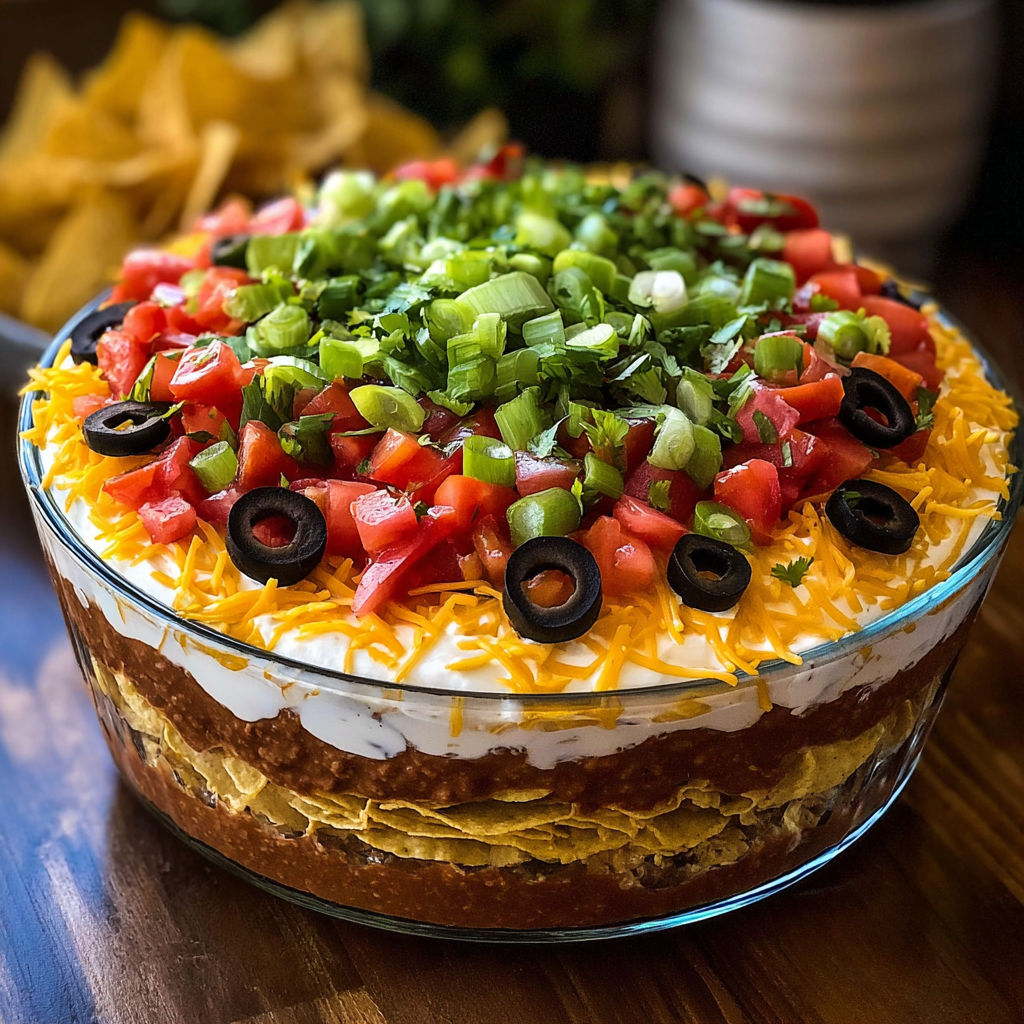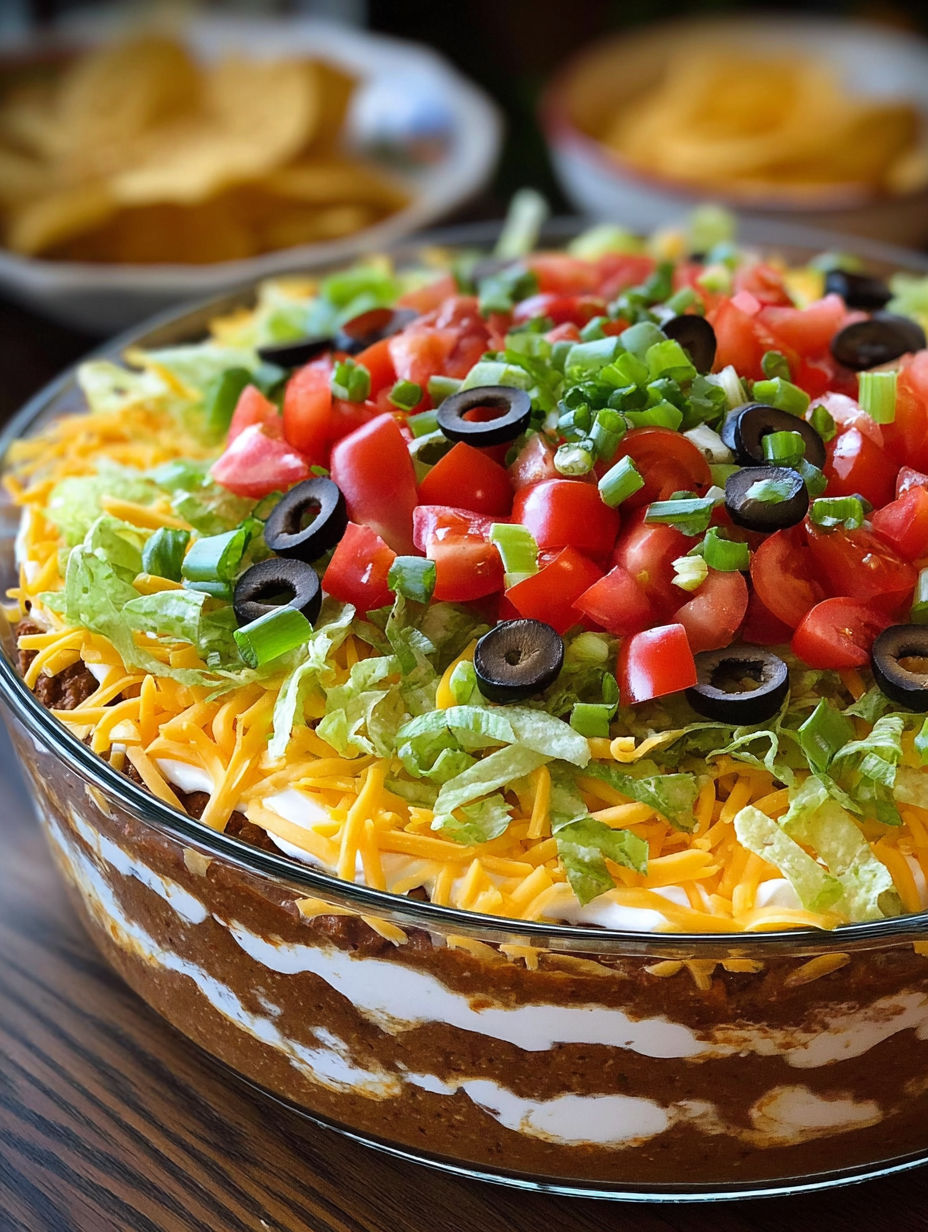 Pin
Pin
This savory Szechuan chicken lo mein transforms an ordinary weeknight into a restaurant-quality experience without the takeout price. The umami-packed sauce coats every strand of noodle while colorful vegetables and tender chicken pieces create the perfect bite every time.
I developed this recipe after moving to a small town without decent Chinese restaurants nearby. After many failed attempts, this version finally made my husband declare he prefers my homemade lo mein to any restaurant version we've tried.
Ingredients
- Boneless skinless chicken breasts perfectly tender when cut into small cubes and not overcooked
- Fish sauce adds that restaurant quality umami depth that most home cooks miss
- Fresh ginger provides aromatic warmth that powdered simply cannot match
- Szechuan garlic butter the secret ingredient that elevates this dish with complex flavor
- Buckwheat lo mein noodles have more texture and hold sauce better than regular wheat noodles
- Cabbage and broccoli provide satisfying crunch and absorb the delicious sauce
- Mushrooms add meaty texture and earthy flavor notes
- Hoisin sauce creates the perfect balance of sweet and savory in the sauce
How To Make Szechuan Chicken Lo Mein
- Season the Chicken
- Thoroughly coat chicken cubes with garlic powder, salt, pepper, fish sauce and grated ginger. This step is crucial for flavor development so don't rush it. Make sure every piece is evenly coated for maximum flavor penetration.
- Prepare the Noodles
- Cook buckwheat lo mein noodles about 1 to 2 minutes less than package directions indicate. They should still have a substantial bite as they will continue cooking when added to the stir fry. Rinse briefly under cold water to stop cooking and prevent sticking.
- Cook the Chicken
- Heat your wok or skillet until it's very hot before adding oil. The chicken should sizzle immediately when it hits the pan. Stir occasionally but not constantly to allow golden brown edges to develop. Add Szechuan garlic butter toward the end for an incredible flavor boost.
- Stir Fry Vegetables
- Use the same pan without cleaning to capture all the chicken flavor. Cook vegetables in stages starting with the hardest first. The goal is tender crisp textures with vibrant colors intact. Overcrowding the pan will steam rather than stir fry them.
- Combine and Sauce
- When returning chicken to the pan with vegetables, create a well in the center before adding noodles and sauce ingredients. Toss everything together using tongs or two wooden spoons for even coating. The final minute of cooking is when magic happens as flavors meld.
My absolute favorite component is the Szechuan garlic butter which I started making from scratch after tasting something similar at a Chinese restaurant in Vancouver. The owner would never share his recipe so I spent months perfecting my own version. Now my family requests this dish weekly for our Friday night tradition.
Make Ahead Options
This lo mein reheats beautifully making it perfect for meal prep. Prepare all ingredients up to three days ahead and store separately in airtight containers. The chicken can be marinated up to 24 hours in advance for even more flavor development. When ready to cook, the actual stir frying will take just minutes.
Ingredient Substitutions
Dont worry if you dont have every ingredient on hand. Substitute chicken with tofu, shrimp or beef if preferred. Rice noodles work well for a gluten free option though cooking time will differ. Regular butter with garlic and red pepper flakes can replace Szechuan garlic butter in a pinch. Any combination of crisp vegetables works beautifully in this versatile recipe.
Serving Suggestions
Serve this lo mein family style in a large bowl with chopsticks and forks available. For a complete feast add homemade egg rolls or dumplings on the side. Finish with orange slices for a refreshing palate cleanser. This dish needs no accompaniment but steamed rice works well for those who prefer to tone down the intensity of flavors.

The Secret to Restaurant Quality
The true secret to making this dish taste like professional restaurant quality is the high heat wok cooking technique. Home stovetops rarely reach the intense heat of commercial wok burners but you can compensate by cooking in smaller batches and using a heavy cast iron wok or skillet. Allow your pan to heat for several minutes before adding oil and listen for that satisfying sizzle when ingredients hit the pan.

Recipe FAQs
- → Can I make Seven Layer Taco Dip ahead of time?
Yes, you can prepare Seven Layer Taco Dip up to 24 hours in advance. Cover it tightly with plastic wrap and refrigerate. For best results, add the final toppings like diced tomatoes, olives, and green onions just before serving to maintain their freshness and texture.
- → What's the best way to serve Seven Layer Taco Dip?
Serve Seven Layer Taco Dip in a clear glass dish to showcase all the colorful layers. Pair it with sturdy tortilla chips for dipping. For individual servings at parties, consider making mini versions in clear plastic cups where guests can see all the layers.
- → Can I customize the layers in this dip?
Absolutely! While traditional Seven Layer Taco Dip includes beans, guacamole, sour cream, cheese, tomatoes, olives, and green onions, you can customize it based on preferences. Popular additions include jalapeños for heat, ground beef or shredded chicken for protein, or black beans for texture.
- → How long can Seven Layer Taco Dip sit out at a party?
For food safety, Seven Layer Taco Dip should not sit at room temperature for more than 2 hours due to the perishable ingredients like sour cream and guacamole. If your party runs longer, consider placing the dip in a bowl of ice to keep it chilled or refreshing it with a new batch halfway through.
- → What can I substitute for guacamole if avocados aren't available?
If avocados aren't available or are too expensive, you can substitute the guacamole layer with a mixture of sour cream blended with store-bought guacamole seasoning mix. Alternatively, a layer of green salsa (salsa verde) mixed with a little sour cream provides a similar color and complementary flavor.
- → How do I prevent my guacamole layer from turning brown?
To prevent the guacamole layer from browning, ensure it's completely covered by the sour cream layer above it, creating an airtight seal. Adding extra lime juice to your guacamole also helps slow oxidation. If making the dip well in advance, consider using packaged guacamole which contains preservatives to maintain its color.
